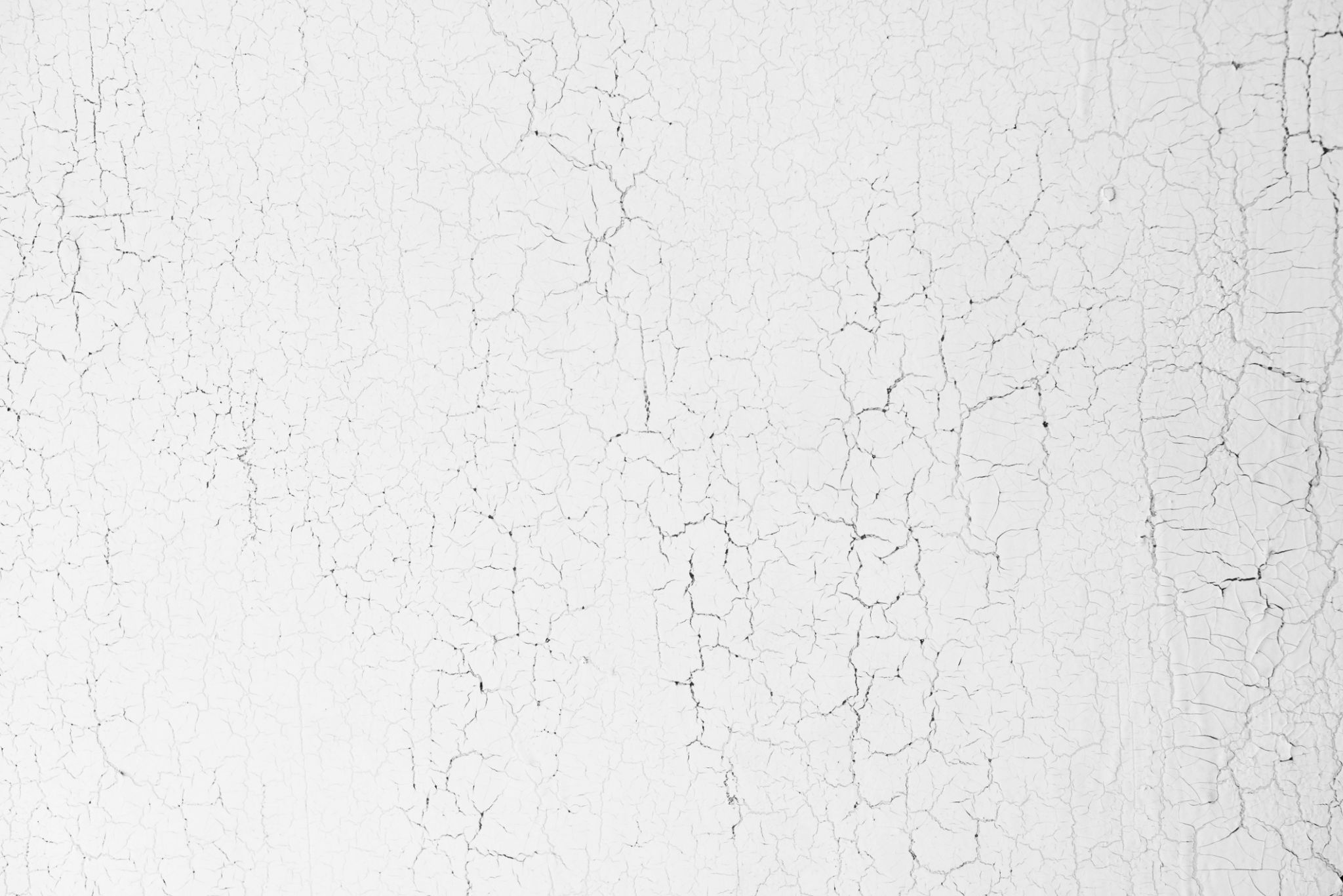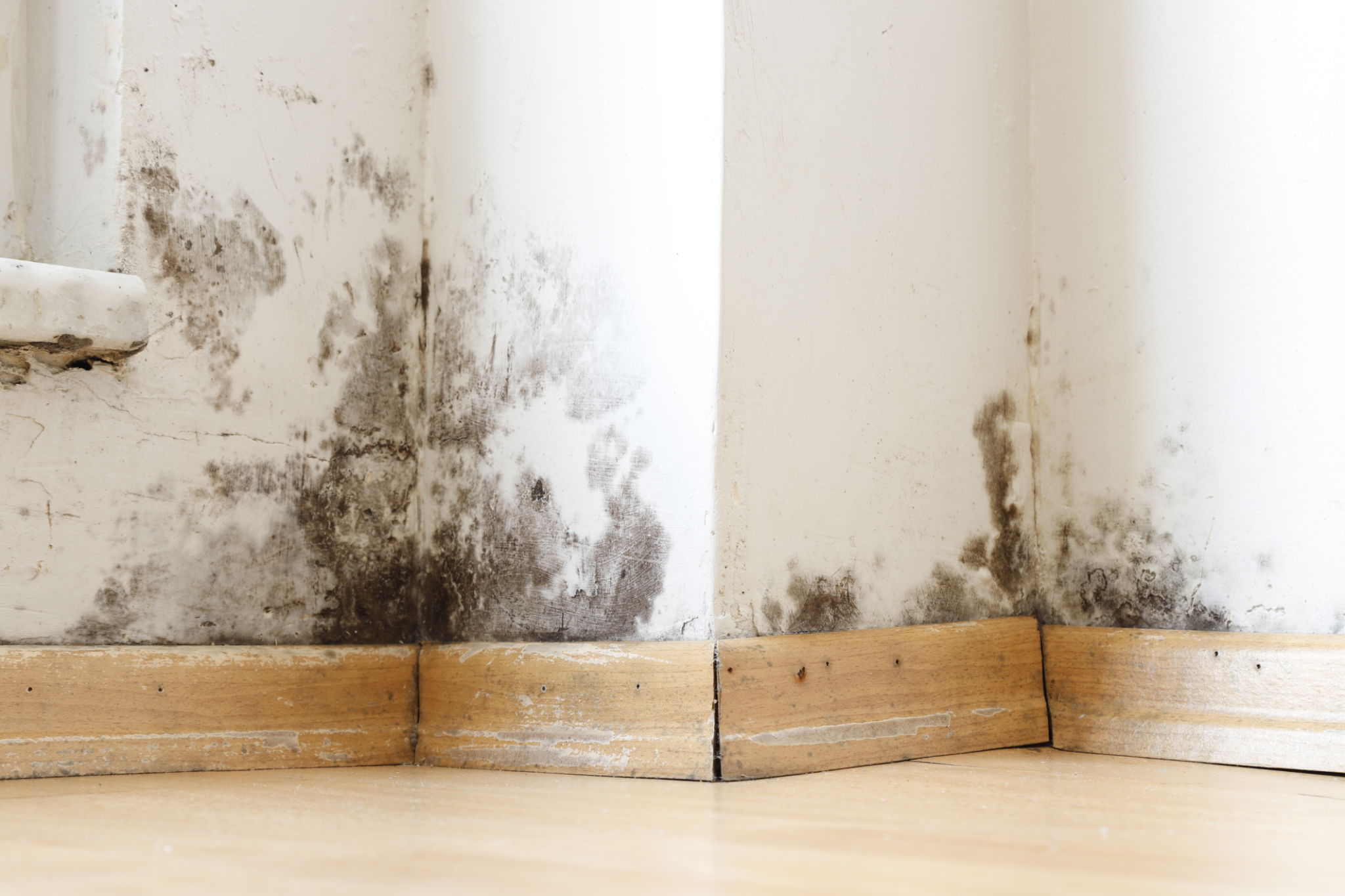5 Signs It's Time to Repaint Your Home's Exterior
Fading or Discoloration
One of the most obvious signs that it might be time to repaint your home's exterior is fading or discoloration. Over time, the paint on your house can lose its vibrant color due to exposure to sunlight, rain, and other elements. If you notice that your once-bright exterior seems dull or washed out, a fresh coat of paint can restore its original charm and curb appeal.

Peeling or Cracking Paint
Peeling or cracking paint is not just an aesthetic issue—it's a sign that your home may be vulnerable to weather damage. When paint begins to peel or crack, it can no longer adequately protect the underlying surfaces from moisture and rot. This can lead to more serious structural problems if left unaddressed. Repainting will not only enhance your home's appearance but also provide a protective barrier against the elements.
Addressing the Problem
Before repainting, it's essential to address any underlying issues causing the paint to deteriorate. This might include repairing damaged siding, fixing leaks, or improving ventilation to prevent moisture buildup. Once these problems are resolved, a new layer of paint will adhere better and last longer.

Mold or Mildew Growth
Mold or mildew growth on your home's exterior is a clear indication that it's time for a repaint. These fungi thrive in damp and shaded areas, often appearing as black, green, or brown spots on painted surfaces. Not only does mold look unsightly, but it can also cause health issues and damage the structural integrity of your home.
Preventative Measures
To prevent mold and mildew from returning, it's crucial to identify and rectify any moisture issues around your home. Ensure proper drainage, fix leaking gutters, and trim overgrown foliage that may be blocking sunlight. Once these steps are taken, a fresh coat of mold-resistant paint can help keep your home looking pristine.

Chalking
Chalking occurs when the paint on your home's exterior begins to break down, leaving a white, powdery residue on the surface. This typically happens when paint has reached the end of its life expectancy. Chalking not only diminishes your home's appearance but also signals that the paint is no longer providing adequate protection.
Choosing the Right Paint
When repainting due to chalking, it's important to choose a high-quality exterior paint that is specifically designed to withstand your area's climate. This will ensure long-lasting protection and reduce the likelihood of chalking in the future.

Outdated Color Scheme
Sometimes, the need to repaint isn't driven by physical damage but by aesthetics. If your home's exterior color scheme feels outdated or no longer reflects your personal style, it might be time for a change. A new color palette can dramatically enhance your home's appearance and increase its value.
Trendy and Timeless Choices
When selecting a new color scheme, consider both current trends and timeless classics. This will ensure that your home remains stylish for years to come while appealing to potential future buyers.
Repainting your home's exterior is an investment in both its appearance and longevity. By recognizing these signs and taking action promptly, you can maintain your home's beauty and structural integrity for years to come.